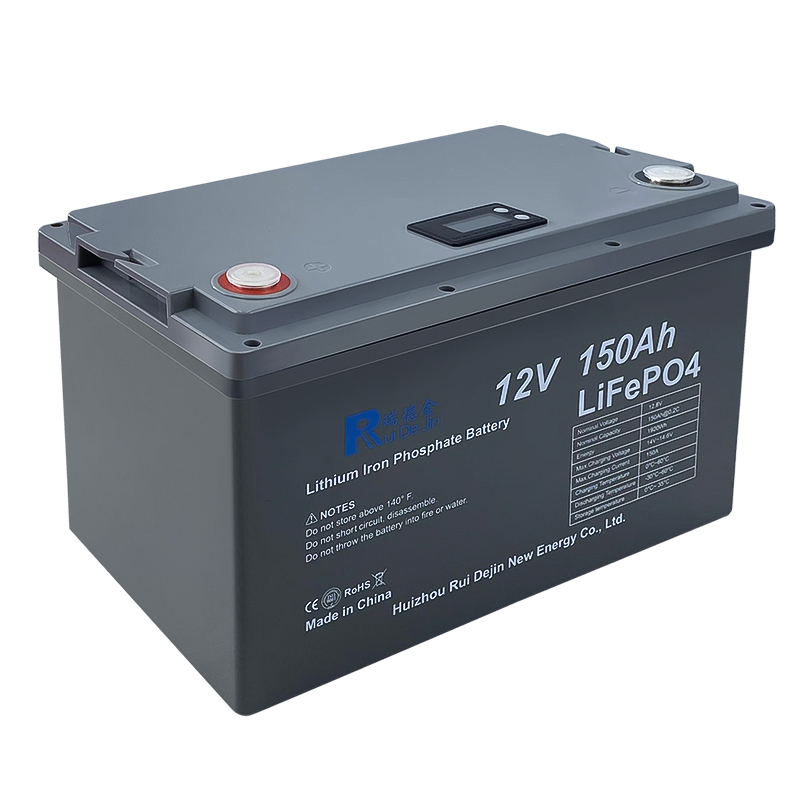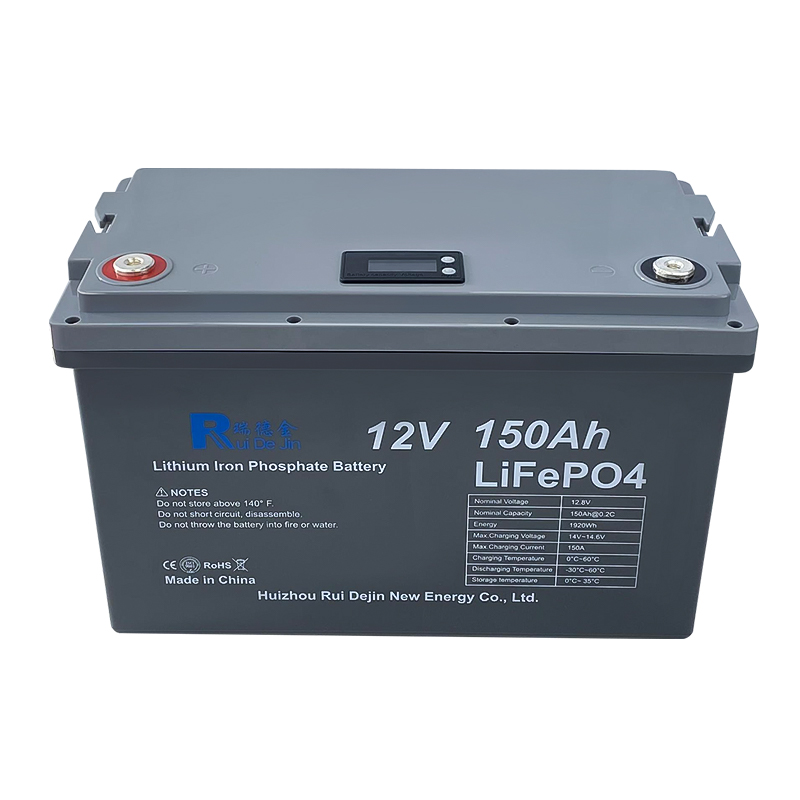The so-called “Three Musketeers” of new energy vehicles refer to three different power modes: fuel cell, hybrid power and pure electric power. Since the beginning of this year, the pure electric model “Tesla” has swept the world. Domestic self-owned brand hybrids such as BYD [-0.54% Fund Research Report] “Qin” are also booming. It seems that among the “Three Musketeers”, Only fuel cells performed slightly less well. At the Beijing Auto Show currently being held, a number of dazzling new fuel cell models have become the “stars” of the show. This situation reminds people that the marketization of fuel cell vehicles is gradually approaching. Fuel cell concept stocks in the A-share market mainly include SAIC Motor [-0.07% Fund Research Report] (600104), which is developing fuel cell vehicles; shareholding companies of fuel cell companies, such as Jiangsu Sunshine, the major shareholder of Shenli Technology [-0.94% Funding Research Report] (600220) and Great Wall Electric [-0.64% Funding Research Report] (600192), which hold shares in Xinyuan Power, and Narada Power [-0.71% Funding Research Report] (300068); as well as other related companies in the industry chain Enterprises, such as Huachang Chemical [-0.90% Funding Research Report] (002274), which is involved in the reducing agent “sodium borohydride”, and Kemet Gas [0.46% Funding Research Report] (002549), which has hydrogen supply capabilities. “A fuel cell is actually the reverse chemical reaction of electrolyzing water. Hydrogen and oxygen synthesize water to produce electricity. In theory, fuel cells can be used wherever electricity is used.” In an interview with a reporter from the Securities Times, Shenli Technology Deputy General Manager Zhang Ruogu started with this. It is understood that the company’s main direction is the research and development and industrialization of hydrogen proton exchange membrane fuel cells and other technologies, involving a variety of fuel cell products for different purposes. Jiangsu Sunshine and Fosun Pharma [-0.69% Fund Research Report] respectively hold Its 31% and 5% equity interests. Although there are many applicable fields, the commercial application of domestic fuel cells is not simple. Except for automobile manufacturers who are keen on promoting the concept of fuel cell vehicles, the development of fuel cells in other fields is still relatively slow. At present, factors such as the high cost and small quantity of hydrogen refueling stations, lack of supporting parts, and difficulty in replicating foreign samples are still the main reasons why fuel cells are difficult to commercialize in the Chinese market. Fuel cell vehicles are coming soon At this Beijing Auto Show, SAIC Group’s newly released Roewe 950 new plug-in fuel cell sedan attracted quite a lot of attention. The snow-white streamlined body and the engine compartment cover made of transparent material fully display the car’s internal power system, attracting many spectators. The biggest highlight of this new car is that it is equipped with a dual power system of battery and fuel cell. It is mainly hydrogen fuel cell and supplemented by battery. The battery can be charged through the city grid power system. It is reported that SAIC Motor may achieve small-volume production of fuel cell vehicles in 2015. Generally speaking, hybrid power of new energy vehicles refers to the combination of internal combustion power and electric power, and SAIC’s adoption of fuel cell + electric mode is another new attempt. According to Gan Fen, general manager of the New Energy Technology Department of SAIC Motor, this design is based on the fact that when a fuel cell vehicle accelerates, it needs to use the fuel cell at full load and full power consumption. The required power is very large, the cost is high, and the lifespan will also be reduced. . Plug-in fuel cell vehicles can ensure lower costs, but because they are equipped with two systems, the cost is still higher than ordinary electric vehicles. In addition, Toyota also displayed an FCV concept car equipped with a hydrogen fuel cell at this auto show. It is understood that Toyota plans to launch a batch of fuel cell sedans in Japan, the United States and Europe in 2015, and hopes that the annual sales of this model will exceed 10,000 units by 2020. In terms of cost, Toyota has said that due to technological advancements, the cost of this car has been reduced by about 95% compared with early prototypes. In addition, Honda plans to launch a fuel cell car with a range of about 500 kilometers in 2015, with a sales target of selling 5,000 units within five years; BMW has also been committed to the research and development of fuel cell vehicles; South Korea’s Hyundai has also launched a new fuel cell model. There are already mass production plans; Mercedes-Benz Cars plans to launch a new hydrogen fuel cell vehicle in 2017. Judging from the research and development results and mass production plans of these car companies, 2015 may become the first year for the marketization of fuel cells and hydrogen energy vehicles. Lack of supporting facilities is an obstacle “Actually, automobiles are a more difficult road to industrialize fuel cells.” Zhang Ruogu told reporters, “On the one hand, automobiles have very high technical requirements for fuel cells, which need to be small in size, good in performance, and fast in response. On the other hand, supporting hydrogen refueling stations must be built, and foreign countries have also invested a lot of money in this regard.” In this regard, an expert from the International Hydrogen Energy Society said that hydrogen refueling stations are the largest development area for fuel cell vehicles. constraints. As necessary supporting facilities, the distribution of hydrogen refueling stations determines whether fuel cell vehicles can be put into use after production. Data show that as of the end of 2013, the number of hydrogen refueling stations in use worldwide reached 208, with more than a hundred more under preparation. These hydrogenation stations are mainly distributed in regions with early hydrogenation network layouts such as Europe, the United States, and Japan. However, China is relatively backward, with only one hydrogenation station each in Beijing and Shanghai. Mr. Ji from the Commercial Department of Xinyuan Power believes that 2015 is regarded by the industry as the first year of marketization of fuel cell vehicles, which is not unrelated to the fact that a certain number of hydrogen refueling stations have been built abroad. Xinyuan Power is the first joint-stock fuel cell enterprise in China, committed to the research and development of vehicle fuel cells, and has provided power systems for SAIC Group’s fuel cell vehicles many times. The company stated that the focus on automobiles for fuel cell applications is, on the one hand, because my country’s automobile industry is large and growing rapidly, and has an urgent need for new energy technologies; on the other hand, the technology has matured and can be applied to fuel cells. Commercialization of automobiles. In addition, the reporter learned that in addition to supporting hydrogenation facilities, the lack of supporting parts required for fuel cells is also one of the obstacles. Two fuel cell companies confirmed that the upstream and downstream of the domestic fuel cell industry chain are not yet complete, and some unique components are difficult to find, which also makes the commercialization of fuel cells more difficult. This problem has not yet been completely solved abroad. In terms of cost, many companies said that since all components have not been commercialized, it is difficult to discuss the cost of fuel cells in China. In the future, the scale of production will bring greater room for price reductions, and with technological advancement and the reduction in the proportion of precious metals used, the cost of fuel cells will gradually decrease. But in general, due to high technical requirements, it is difficult for the cost of fuel cells to drop quickly. The US-Japan path is difficult to copy In addition to automobiles, there are many other commercialization paths for fuel cells. In the United States and Japan, this technology has formed a certain market scale through other application methods. However, reporters learned during interviews that the commercialization paths attempted by the United States and Japan are currently difficult to imitate domestically, and there are no relevant incentive policies. Plug, an American fuel cell company, is known as the second-biggest stock after Tesla, and its stock price has soared several times this year. In the first quarter of this year, Plug received a large order from Walmart and signed a six-year service contract to provide fuel cells for electric forklifts in Walmart’s six distribution centers in North America. Because the fuel cell has zero emission and pollution-free characteristics, it is very suitable for indoor forklift use. It does not require long-term charging, can be quickly refueled and used continuously, so it has certain competitive advantages. However, fuel cell forklifts are not currently available in China. Domestic forklift leader Anhui Heli [-0.47% Funding Research Report] Zhang Mengqing, secretary of the board of directors, told reporters that the current proportion of electric forklifts in China is low and they are not as popular as abroad. According to industry insiders, there are two main reasons for the gap: first, there is no strict prohibition on indoor forklift exhaust emissions in China like some developed countries; second, domestic companies are very sensitive to the price of production tools. According to Zhang Mengqing, “Domestic electric forklifts are mainly based on lead-acid batteries, and the battery accounts for about 1/4 of the cost of the entire vehicle; if lithium batteries are used, they may account for more than 50% of the cost of the forklift.” Lithium battery forklifts are still hampered by higher costs, and more expensive fuel cells are more difficult to be accepted by the domestic forklift market. Japan’s home combined heat and power system uses domestic natural gas after reforming it into hydrogen. It is reported that during the working process, the fuel cell will generate electrical energy and heat energy at the same time. While fuel cell water heaters heat water, the electricity generated is directly connected to the power grid and purchased at a high price. Coupled with large government subsidies, the number of households in Japan using this type of fuel cell water heaters reached more than 20,000 in 2012. According to industry insiders, although this kind of water heater can greatly improve energy utilization efficiency, its price is as high as 200,000 yuan, and there is currently no matching small natural gas reformer in China, so it does not meet the conditions for industrialization. Taken together, my country’s fuel cell marketization has yet to begin. On the one hand, hydrogen energy vehicles are still in the “concept car” stage; on the other hand, in other application fields, it is difficult for fuel cells to achieve large-scale and commercial applications in the short term. Regarding the future prospects of fuel cells in China, Zhang Ruogu believes: “It’s not about which thing is better or which market is better. It should be said that the suitable one is the best.” Fuel cells are still looking for better solutions. Suitable commercialization path.
Post time: Dec-11-2023


